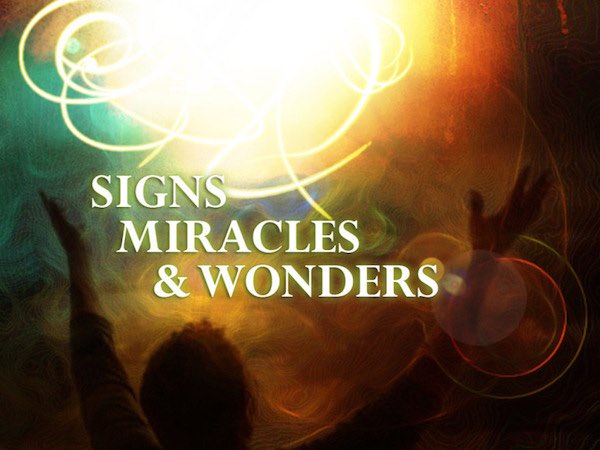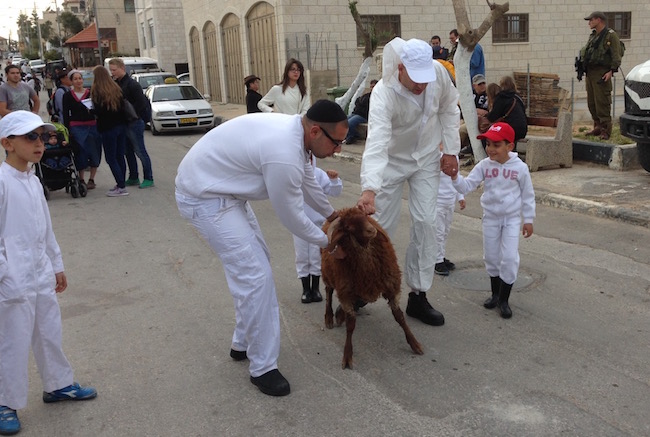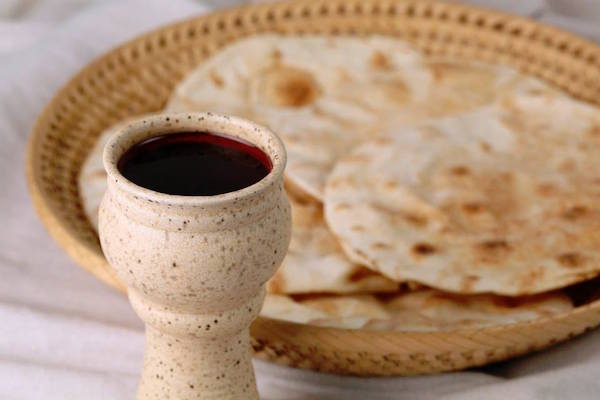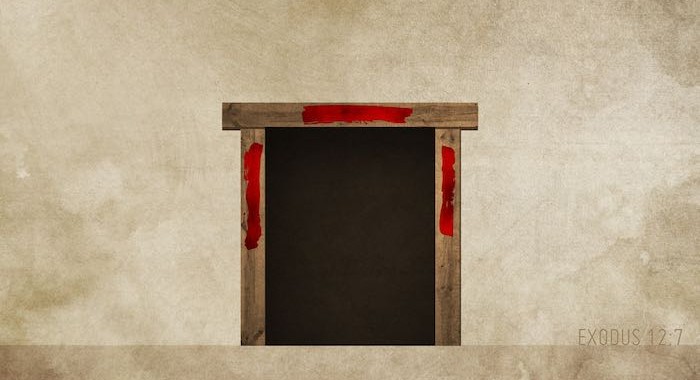There are traditions in life that we don’t always understand but we practice them because they were handed down to us from our ancestors. Tradition is probably the best word to describe Judaism.
Tradition
In a recent conversation with my mother, she explained to me that there were many traditions that she practiced with her family when she was growing up that she didn’t really understand, however, she just accepted them as tradition. An example of one of these traditions was how they would change all of the dishes and silverware each year before Passover. My mother told me that she still doesn’t understand why they did this. I explained to my mother that it was to protect against possibly eating any leavened foods, even a trace of a crumb of bread from months gone by. In Jewish tradition all of the dishes and silverware are changed with a special set just for Passover each year so as to insure that everything is kosher and has no trace of leaven, according to the biblical command (Ex. 13:7).
Religious traditions are generally established because of some biblical basis but we don’t always understand where these traditions come from. In this week’s Torah Portion we read about certain traditions that were established through the Exodus event and carry over into Jewish and Christian traditions today.
The Signs of the Exodus
There were many miraculous signs of God which were performed by the hand of Moses before the Israelites left Egypt. The signs of God which were performed in Egypt had a purpose beyond setting the Israelites free from slavery. God had a very clear plan and intention for these signs as we read in the beginning of this week’s Torah Portion:
Then the LORD said to Moses, “Go to Pharaoh, for I have hardened his heart and the heart of his servants, that I may perform these signs of Mine among them, and that you may tell in the hearing of your son, and of your grandson, how I made a mockery of the Egyptians and how I performed My signs among them, that you may know that I am the LORD.” – Ex. 10:1-2
There were two reasons given in these verses for the signs of God to be performed on the earth:
- They were to be a story to tell the future generations of how God mocked the Egyptians.
- There were to provide an opportunity so that others may know that He is the LORD.
The signs of God which were performed in Egypt were to be educational and to be a tool to help future generations know who God is as the LORD.
The phrase “My signs,” as mentioned twice in the verses quoted above, is one word in the Hebrew: “אותותי” – “oatotai” and is the plural possessive form of the Hebrew word “אות” – “oat” meaning sign. The Hebrew word “אות” – “oat”- “sign” is used in both a natural and supernatural manner throughout the Bible. We see the significance of this word “sign” as it ties into the end of our study.
The word “perform,” as used in the verses quoted above, appears twice and there are two different Hebrew words for each appearance. The first appearance of the word “perform” (Ex. 10:1) comes from the Hebrew word “שית” – “sheit,” which can mean “to place, to appoint, to put, to set, to show,” etc.. The second appearance of “perform” (Ex. 10:2) comes from the Hebrew word “שים” – “sim” and carries a similar meaning: “to put, to place, to appoint, to mark, to show,” etc… Therefore, when we read in the above verses that God “performed these signs” we should understand that God “placed and appointed these signs” with a purpose.

The Appointed Signs of God
We can conclude from the use of these Hebrew words in their context that the LORD had specifically placed and appointed the signs which He performed in Egypt to show His power and authority in the midst of Pharaoh and his people. The appointed signs of God, as displayed through the ten plagues upon Pharaoh and the Egyptians, were not haphazard or coincidental but rather timely, providential, and a teaching tool to bring people to Himself.
The Final Three Signs
In this week’s Torah Portion we read of the final three signs or plagues:
- Locusts (Ex. 10:3-20)
- Darkness (Ex. 10:21-29)
- The Death of the Firstborn (Ex. 11 – Ex. 12)
It was as a result of the final sign, the death of the firstborn, that Pharaoh and the Egyptians sent the Israelites out of Egypt, fearing that death would come to all of them (Ex. 12:29-33). For the Israelites, however, there was redemption and deliverance as they obeyed the LORD in sacrificing a lamb and applying its blood on the sides and top of the door frame of each home.
The Feast of Passover & Unleavened Bread
The Passover was the event that launched the sons of Israel into freedom, into nationhood, and into a new relationship with God. God then took this meaningful event and established a yearly reminder about the Exodus through the Feast of Passover:
Now this day will be a memorial to you, and you shall celebrate it as a feast to the LORD; throughout your generations you are to celebrate it as a permanent ordinance. Seven days you shall eat unleavened bread… – Ex. 12:14-15
The feast of Passover included both the yearly sacrifice of the lamb along with the eating of unleavened bread for a period of seven days. As a result of the overlap of these two commands this feast is either called Passover or the Feast of Unleavened Bread.
The Sign of the Passover & Unleavened Bread
In recounting this miraculous day that God delivered the Israelites out of bondage and into freedom, Moses emphasized again the importance of that day:
Moses said to the people, “Remember this day in which you went out from Egypt, from the house of slavery; for by a powerful hand the LORD brought you out from this place. And nothing leavened shall be eaten. (Ex. 13:3)
It was to be a day that the Israelites were to remember year by year through their actions of keeping the Passover and eating the unleavened bread:
For seven days you shall eat unleavened bread, and on the seventh day there shall be a feast to the LORD. Unleavened bread shall be eaten throughout the seven days; and nothing leavened shall be seen among you, nor shall any leaven be seen among you in all your borders. You shall tell your son on that day, saying, ‘It is because of what the LORD did for me when I came out of Egypt.’ And it shall serve as a sign to you on your hand, and as a reminder on your forehead, that the law of the LORD may be in your mouth; for with a powerful hand the LORD brought you out of Egypt. Therefore, you shall keep this ordinance at its appointed time from year to year. – Ex. 13:7-10
God wanted to make sure that the Israelites never forgot this momentous day so he established it as a permanent festival of remembrance.
The yearly remembrance of the Passover and the eating of both the lamb and the unleavened bread were to be a sign: “And it shall serve as a sign to you on your hand, and as a reminder on your forehead, that the law of the LORD may be in your mouth” (Ex. 13:9). There was a clear intention for this yearly practice as explained in this verse with the goal that the law of the LORD, “תורת יהוה” – “Torat Adonai” – “teaching of the LORD,” would be continually communicated.

The Sign on the Hand and Forehead
The phrase “And it shall serve as a sign to you on your hand” in Hebrew is “והיה לך לאות על ידך” – “vehaya lecha le’oat al yadecha.” The word for “sign” is the same word we saw at the beginning of this study referring to the “signs of the LORD” which He performed in Egypt. The LORD was teaching the Israelites that the practical and yearly fulfillment of the Passover would serve as a sign of remembrance to the miraculous signs of God which He performed in Egypt.
The phrase “and as a reminder on your forehead” in Hebrew is “ולזכרון בין עיניך” – “oo’le’zikaron bein eh’neh’cha,” which is literally translated as “and as a reminder between your eyes.” Just as the phrase “a sign to you on your hand” seems to be referring to the action which someone performs at the Passover so the phrase “and as a reminder between your eyes” seems to be referring to the act of seeing with one’s eyes and contemplating with one’s mind the yearly practice of the Passover. The practice of the Passover was to be a continual reminder of the miraculous signs of God which He performed in Egypt.
The Sign of the Firstborn
In the final verses of this week’s Torah Portion Moses instructed the children of Israel about one more practice that they were to keep. It was actually the LORD Himself who had established this custom which was to be practiced among the Israelites and would also serve as a sign of their redemption from Egypt: the dedication and redemption of the firstborn male.
The dedication of the firstborn males of both animals and humans came out of the Exodus scenario:
It came about, when Pharaoh was stubborn about letting us go, that the LORD killed every firstborn in the land of Egypt, both the firstborn of man and the firstborn of beast. Therefore, I sacrifice to the LORD the males, the first offspring of every womb, but every firstborn of my sons I redeem. – Ex. 13:15
The firstborn male of every animal was to be sacrificed to the LORD while the firstborn human male was to be redeemed.
Moses then explained to the children of Israel that this act of dedicating the firstborn of man and beast was to serve as a sign: “So it shall serve as a sign on your hand and as phylacteries on your forehead, for with a powerful hand the LORD brought us out of Egypt” (Ex. 13:16). In the same manner that the practice of the Passover was to act as a sign, so the practice of the dedication of the firstborn was to serve as a sign on the hand. The wording in Hebrew regarding “a sign on your hand” is identical to the previous verses concerning the Passover, however, the wording in Hebrew regarding the “Phylacteries on your forehead” (or eyes) is different.
The word for “phylacteries” is the Hebrew word “טוטפות” – “totafot” which is sometimes translated as phylacteries, frontals, or tefillin (prayer boxes used in religious Judaism). The Hebrew word “טוטפות” – “totafot” is only used three times in the Bible (Ex. 13:16. Deut. 6:8. Deut. 11:18). Although most rabbinic sources choose to translate this word as some sort of “prayer box,” the more natural understanding of this word in context is as “a sure sign.”
I explain the discrepancy regarding this word, “טוטפות” – “totafot,” because it plays a central role in how Judaism interprets prayer and the worship of God. To read more about the orthodox Jewish interpretation regarding this subject of Jewish prayer and the use of “טוטפות” – “totafot” in the Bible, I recommend reading the following article: Shema Israel
Returning to Exodus 13:16, the best translation of this verse according to my research and study is: “So it shall serve as a sign on your hand and as a sure sign between your eyes, for with a powerful hand the LORD brought us out of Egypt” (Ex. 13:16). Moses was teaching the Israelites to practice the custom of dedicating their firstborn to the LORD and it was through this practice that they would remember the signs and wonders of the LORD which He performed in Egypt.
The Significance of the Signs
As we discovered at the beginning of this study, the miraculous signs which God performed in Egypt were to be remembered and told to all future generations so that others would know the LORD. In order to help the Israelites remember the Exodus from Egypt and the miraculous power of God displayed there, they were to keep the Passover every year and to dedicate the firstborn of man and beast which would serve as a SIGN to the people as they performed these acts with their hands, saw them with their eyes, spoke of them with their mouths, and pondered them with their minds. In essence, the miraculous signs of God were to be remembered through the practices which God commanded them to keep. We see this same principle in the New Testament.
The Sign of the Bread & Wine
The Passover was fulfilled in the life of Yeshua through His death and resurrection (John 13:1). Before Yeshua was crucified on the cross He celebrated the festival of Passover together with His disciples. During that final Passover, Yeshua used the third cup of wine (the cup of Redemption) and the matza bread after the meal (the afikomen) to institute the New Covenant.
Yeshua gave to His disciples (and to us, His followers) a practice and tradition which would act as a sign of something miraculous. The wine was a symbol of His blood, which He shed on the cross, and the matza bread was a symbol of His body, which was sinless but was nailed to the cross as a sacrifice. He instructed His disciples to drink the cup of wine and eat the unleavened bread as a way to remember His death on the cross and the New Covenant which He established by His blood (Luke 22:19-21).

From where did the cup of wine originate? The biblical command for keeping the Passover included three elements according to Ex. 12:8:
- The Passover Lamb
- Unleavened Bread
- Bitter Herbs
Wine was never commanded by God as part of the Passover remembrance. Wine was added at some point along the way as a tradition. Traditionally there are four cups of wine which are drunk during the Passover Seder to remember the four actions of the LORD towards the Israelites (Ex. 6:6-7). Yeshua took one of these cups of wine and declared it as a symbol of His blood and the New Covenant which He instituted.
The wine and the unleavened bread are signs to all who believe in the final Passover Lamb who came to take away the sin of the world and redeem us from our spiritual slavery. As we remember the Passover year by year and take the “Lord’s supper” periodically in our gatherings as believers, we are to remember that the signs that we hold with our hands, behold with our eyes, taste with our mouths, and contemplate with our minds are there to remind us of the miraculous power of Almighty God to deliver His people from the evil of this world and to bring us into an eternal relationship with Him.

